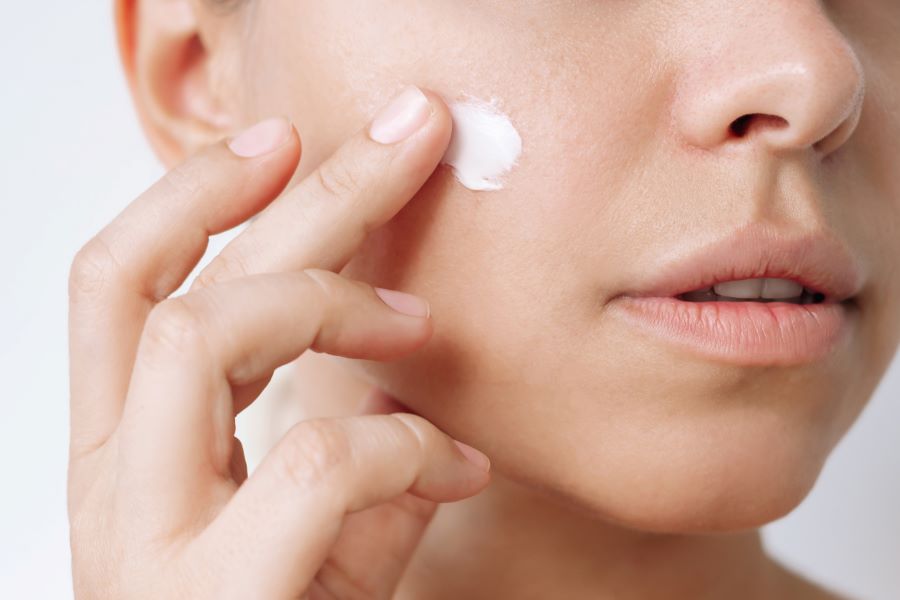Layering sun protection with moisturizers and makeup
Layering sun protection with moisturizers and makeup helps maintain daily UV defense without disrupting your skin or cosmetics. Understanding how different products interact, which active ingredients to prioritize, and how to fit steps into a simple routine can improve protection while keeping skin comfortable and makeup intact.

Layering sun protection effectively means choosing compatible products and timing application so sunscreen remains active while moisturizers and makeup perform as expected. Start with a clear order: cleanser, treatment serums, moisturizer, sunscreen, then makeup. Each step can affect the next — for example, a heavy emollient can dilute sunscreen if applied too soon, while some makeup formulas can reduce SPF performance if they displace or absorb the sunscreen layer. Thinking about texture, absorption time, and ingredient compatibility makes daily protection more reliable and less disruptive to your skincare and makeup choices.
This article is for informational purposes only and should not be considered medical advice. Please consult a qualified healthcare professional for personalized guidance and treatment.
Skincare: what to layer before sunscreen
Apply water-based serums and lightweight treatments first so their actives penetrate. Wait a minute or two for each layer to absorb. Moisturizers serve two roles: hydrating and creating a base that helps sunscreen adhere. For oily or combination skin, a gel or lightweight lotion followed by a thin sunscreen often feels most comfortable. For dry skin, choose a moisturizer that absorbs reasonably well — overly greasy creams can compromise sunscreen spread and uniformity of coverage. Consider the microbiome impact of heavy occlusives if you have persistent irritation or acne-prone skin.
Sunscreen: choosing and applying products
Select a broad-spectrum sunscreen with a validated SPF and the right formulation for daily use (chemical, mineral, or hybrid). Apply liberally — most adults need about a teaspoon for the face and neck — and allow about 2–3 minutes for chemical sunscreens to bind before makeup. Reapply every two hours when outdoors, or after swimming or heavy sweating. Labeling like “broad-spectrum” and water-resistant are useful cues; follow directions exactly. Ingredients such as zinc oxide or avobenzone offer different UVA/UVB coverage, so check labels and combine with physical barriers like hats when prolonged exposure is expected.
Makeup: integrating SPF and cosmetic layers
Many primers, foundations, and tinted moisturizers contain SPF, but relying solely on them often leaves coverage short of the recommended amount. If you use an SPF-containing base makeup, still apply a dedicated sunscreen first and let it set. Pressing or stippling makeup with a damp sponge can help avoid wiping away the sunscreen. Powder SPFs can help with touch-ups but may not provide full protection on their own. Consider formulas with compatible ingredients to minimize pilling and keep finish uniform throughout the day.
Ingredients and allergies to watch for
Read labels for preservatives, fragrance, and known sensitizers if you have allergies or sensitive skin. Common sunscreen actives like oxybenzone can cause reactions for some people; mineral filters such as zinc oxide or titanium dioxide are often better tolerated. Preservatives and fragrances in moisturizers or makeup can interact with sunscreen layers, potentially increasing irritation. Patch-test new combinations: apply moisturizer and sunscreen to a small area for a day or two before using the full routine, especially if you have a history of allergic contact dermatitis.
Routine and microbiome considerations
A consistent morning routine helps maintain both skin barrier health and sun protection. Avoid over-cleansing, which can strip lipids important to the skin microbiome and impair barrier function. Use gentle surfactants and preservative systems that balance microbial safety with tolerance. If using multiple actives like retinoids or acids at night, keep daytime steps simpler to support barrier repair and ensure sunscreen efficacy. Protecting the skin barrier often reduces sensitivity that can otherwise complicate layering products like sunscreen and makeup.
Sustainability and packaging choices
Sustainable packaging and ingredient sourcing are increasingly relevant when selecting skincare and sunscreens. Look for recyclable components, minimal excess packaging, and transparent labeling about preservatives and fragrance content. Sunscreens in pump bottles or tubes tend to be more hygienic and reduce contamination risk compared with jars. For travel or local services in your area that refill or recycle, consider brands that participate in take-back programs to reduce waste. Remember that product performance and skin compatibility should guide choices alongside sustainability goals.
Conclusion
Layering sunscreen with moisturizers and makeup is manageable with a clear sequence, attention to absorption times, and awareness of ingredient compatibility. Choose a reliable broad-spectrum sunscreen, allow products to set between steps, and adapt textures to your skin type to keep both protection and finish consistent. Mindful product selection — including consideration of preservatives, fragrance, and packaging — supports skin health and sustainability without sacrificing daily UV defense.





